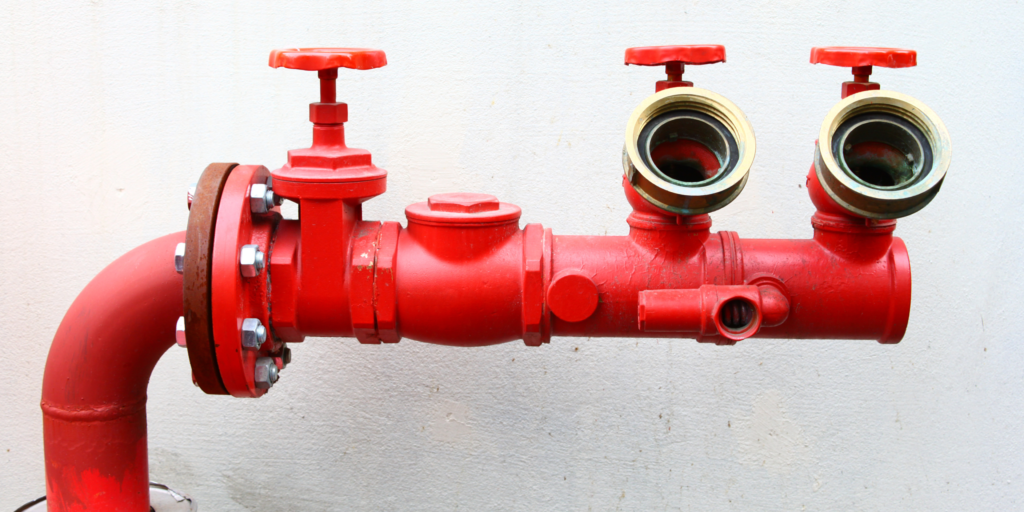Fire safety is something that should never be taken lightly, and one key element in keeping our communities safe is the proper installation and placement of fire hydrants. Fire hydrants are like the unsung heroes, always ready to spring into action when needed. In this blog, we’ll explore the best practices for installing and placing fire hydrants to ensure they’re always ready to do their job when called upon.
Adequate Spacing:
When it comes to installing fire hydrants, one important rule is to make sure they are spaced appropriately. Ideally, hydrants should be placed no more than 500 feet apart. This distance ensures that firefighters can access water quickly, even if a fire occurs in a large building or area.
Visibility and Accessibility:
A fire hydrant should always be easily visible and accessible. Avoid placing them behind obstacles like trees, bushes, or parked vehicles. They should be easy to spot, and firefighters shouldn’t waste precious time clearing the way to reach them.
Height Matters:
The height of a fire hydrant can make a significant difference. It should be installed at a standard height of about 18 inches above the ground. This makes it easier for firefighters to attach hoses and operate the hydrant effectively.
Adequate Water Supply:
When installing fire hydrants, it’s crucial to ensure that there is a sufficient water supply. Hydrants need to be connected to water mains that can deliver the required flow rate and pressure. Regular maintenance of these water mains is also essential to guarantee they’re in good working order.
Marking and Signage:
Proper signage can be a lifesaver. Each fire hydrant should be clearly marked, and the surrounding area should be labelled as a no-parking zone. Adequate signage ensures that firefighters can quickly identify the hydrant’s location and prevents obstructions during emergencies.
Maintenance and Inspection:
Installation is just the beginning. Fire hydrants require regular maintenance and inspection. Make sure they are tested and serviced according to local regulations. This ensures they’re always in good working condition.
Frost Protection:
In regions where cold weather is a concern, it’s important to protect fire hydrants from freezing. Proper insulation or heating systems can help prevent freezing, ensuring they are operational year-round.
Training and Awareness:
Educating the local community about the importance of fire hydrants and their proper use can be a game-changer. Everyone should know not to block or damage these life saving devices.
In conclusion, the installation and placement of fire hydrants is not just about sticking them in the ground and hoping for the best. It’s a thoughtful process that involves careful planning and consideration. These best practices can make a significant difference in how effective fire hydrants are in the event of an emergency. Pace Safety Solutions is committed to ensuring the safety of your community, and following these practices is a step in the right direction.

